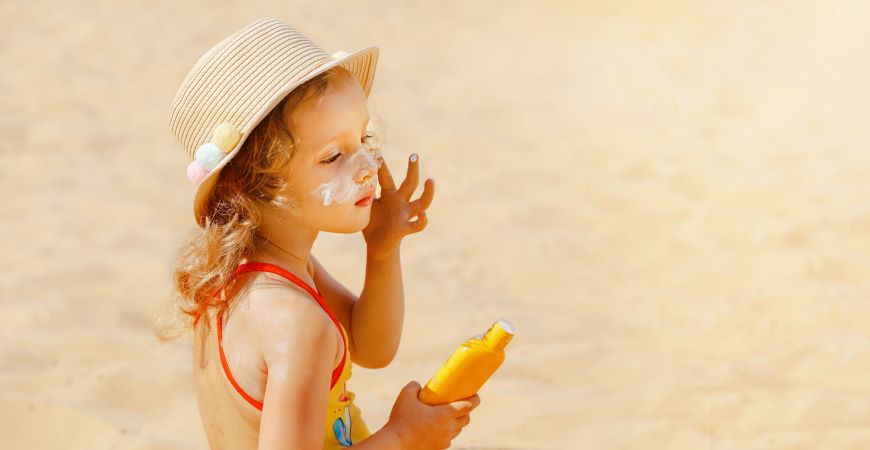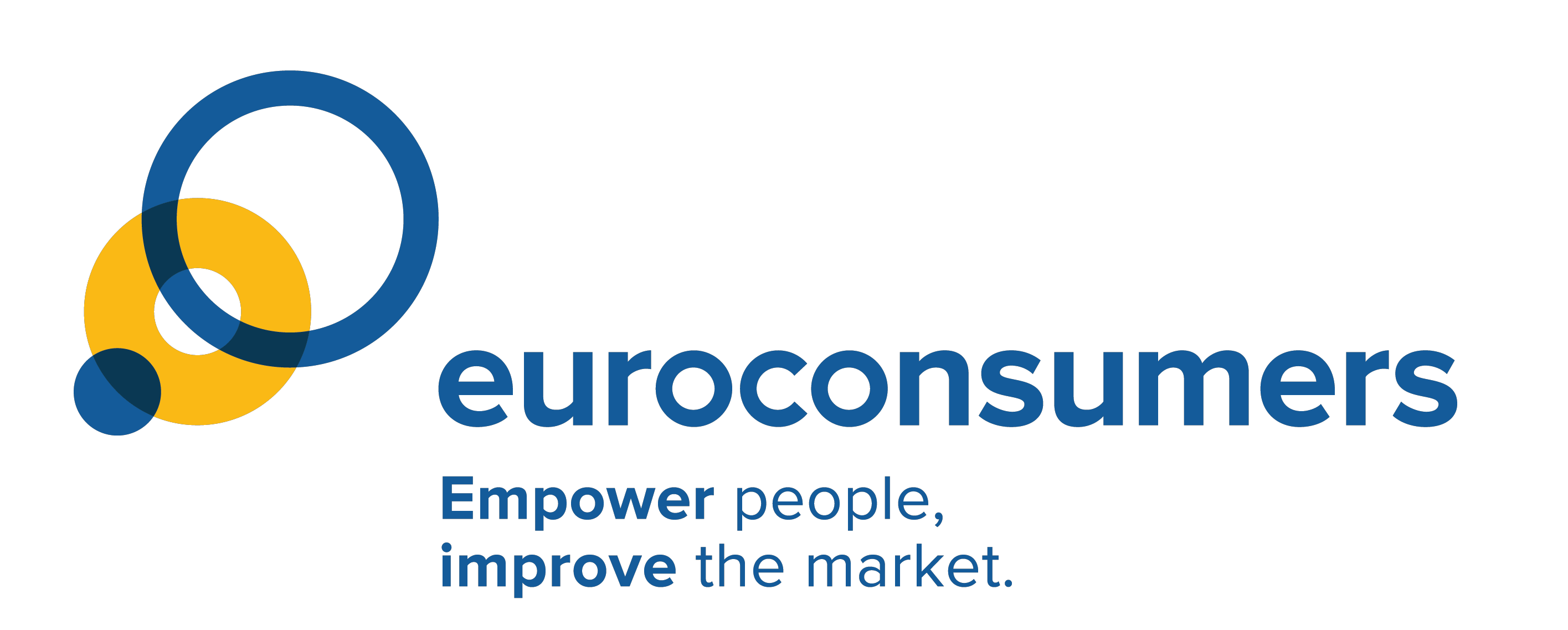
The quest for eco-friendly sunscreen
First ever sunscreen awarded Test-Achats’ prestigious Eco + Efficiency label, as Euroconsumers joins the Surfrider Foundation’s conference ‘Behind UV Filters’ to discuss th...
Read More


Here comes the sun, and here come the false SPF labels. As the first spring sunshine emerges, people are starting to reach for their sun creams. Sunscreen should be part of everyone’s sun protection strategy to avoid overexposure to UVB and UVA rays that contribute to sunburn, skin aging and skin cancer.
Each year Euroconsumers’ members run tests on popular sunscreens to check they are up to the important job of sun protection.
And each year, our independent tests find too many products where the contents inside the bottle don’t match the SPF advertised on the outside. This year, our expert testers took their first in-depth look at facial sunscreens and here too they found the same familiar misleading labels.
Euroconsumers wants action on this long standing issue of some manufacturers failing to meet basic standards, and the failure of consumer protection and public health authorities to force a change.
The EU’s Health directorate recommends general sunscreens have at least a Sun Protection Factor of 30. Skin on the face is generally more fragile compared to skin on the rest of the body and it is particularly vulnerable to signs of premature aging caused by UV radiation. When we’re outdoors during the day, it is almost continually exposed to sunlight and its solar radiation. Because of this increased exposure, an SPF of 50 or above is best for the face, particularly for those with sensitive skins or fair complexions.
In the past, these specialised facial sun creams were mostly available in pharmacies, targeted at people with sensitive skin who needed additional protection. Now they are widely available, and cut across different skincare product categories, perhaps promising anti-aging properties or a boost from a serum or vitamin C, and can be much pricier than regular SPF products.
Facial sun creams include exactly the same sunscreen ingredients in those designed to be used on the body, but tend to be more easily absorbed and come in smaller sizes for more convenient, everyday use.
More than a third (38%) of the 21 facial sunscreens tested by Euroconsumers organisations do not guarantee the protection that is written on the label. When it comes to specially formulated facial creams, even the most expensive and well known brands failed the test:
Seven of these failed because they had lower SPF than advertised on the package. One (Vichy Capital soleil crème onctueuse protectrice spf 50+) failed because of both a lower UVA-PF and lower SPF. One of them (Isdin Fotoprotector fusionwater magic spf 50) failed because it had a lower UVA-PF.
Most of these products were found to have a real SPF of just 30, which is still high protection but less than 50 or even 50 + (very high protection).
This misleading advertising exposes everyone to more risks of harmful sun’s rays: sunburn, premature aging and, more seriously, skin cancer. For those with dermatological conditions or fair, freckled and vulnerable skin who need a high protection factor the risks are even higher. In these cases, using a sunscreen labeled as 50+ but with a much real lower SPF is not simply misleading, it is potentially unsafe.
It’s unacceptable that each year in so many cases, the protection promised on the packaging is simply not true. Since our test programme began in 2015 we have encountered the same problems with misleadingly labelled products, and the same problems with enforcing change.
Now it’s time to take immediate and long term action to end this endemic problem once and for all:
Act now: relabel products or withdraw from sale
Firstly, we have a simple task for authorities: make sure that products which have failed the SPF 50 and SPF 50+ test are re-labelled to reflect their contents. If a product only offers SPF 30, it should say that on the package.
Until this is done, we are calling for the sale of SPF 50 and SPF 50+products that have failed the tests to be suspended and manufacturers sanctioned for failing to protect individual and public health.
Euroconsumers’ organizations are already advising consumers not to buy the failed products if they need a real SPF 50 or SPF 50+ protection.
Make the system work properly
More long term, structural change is also required. At the moment, different authorities responsible for upholding SPF labeling standards approach the testing in different ways.
Absurd situations also emerge in cases where a national authority might deem the test results and methods offered by producers and the ones delivered by our consumer organisations to be correct. This clearly can’t be the case where there is such disparity with the results.
Time that could be spent stopping the sale of potentially unsafe products is instead spent in endless discussions about testing methodologies.
A new international test methodology from ISO is expected to be applied in the EU from 2025. If this new methodology is accepted by all authorities in the EU, it could potentially settle the debate with producers on testing procedures. It will also require a consistent approach from authorities across the EU to make sure manufacturers are compliant.
As well as consistency, authorities also need to switch up to a much more proactive attitude towards the sunscreen market.
“Just relying on brands’ own tests or waiting until consumer organizations flag up problems is not enough and it’s not working. Sales of non-compliant SPF is a persistent problem, we want authorities to run independent third party tests in a consistent way across EU to put a stop to it”
Els Bruggeman, Head of Policy and Enforcement, Euroconsumers
The persistent sale of misleadingly labeled sunscreen must stop. It’s in everyone’s interests to build a trusted, evidence-based sunscreen market where consumers can be sure of what they are buying and their skin can be protected.
***
We have seen a great first success for Euroconsumers member OCU as Spanish authorities (AEMPS) ruled to cease marketing and withdraw three products, and cease marketing of another three products from the lot we analysed, all of which failed our SPF test ➡ https://lnkd.in/eb-tt5cx
Methodology
Widely available facial sunscreens were tested between October 2023 and February 2024. Amongst other factors, products were tested for protective efficacy against UVB rays (SPF) and UVA rays to check if the protection declared on the label was truthful. The method used (called HDRS) allows us to measure both SPF and UVA-PF. It is more ethical than the existing official testing ISO method to measure the SPF and it is in the process to become an ISO standard too. Products that failed were also tested according to the current ISO methods.